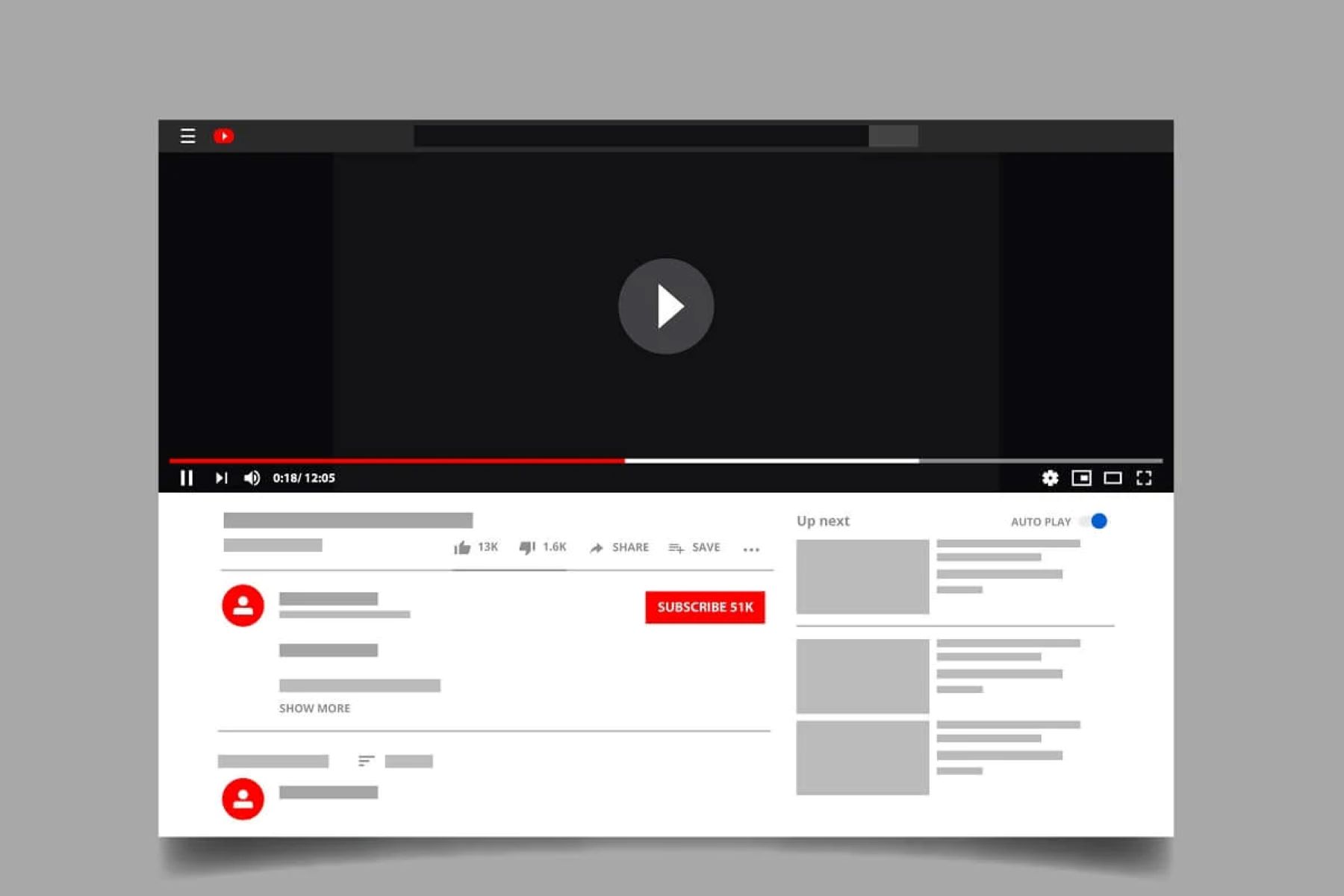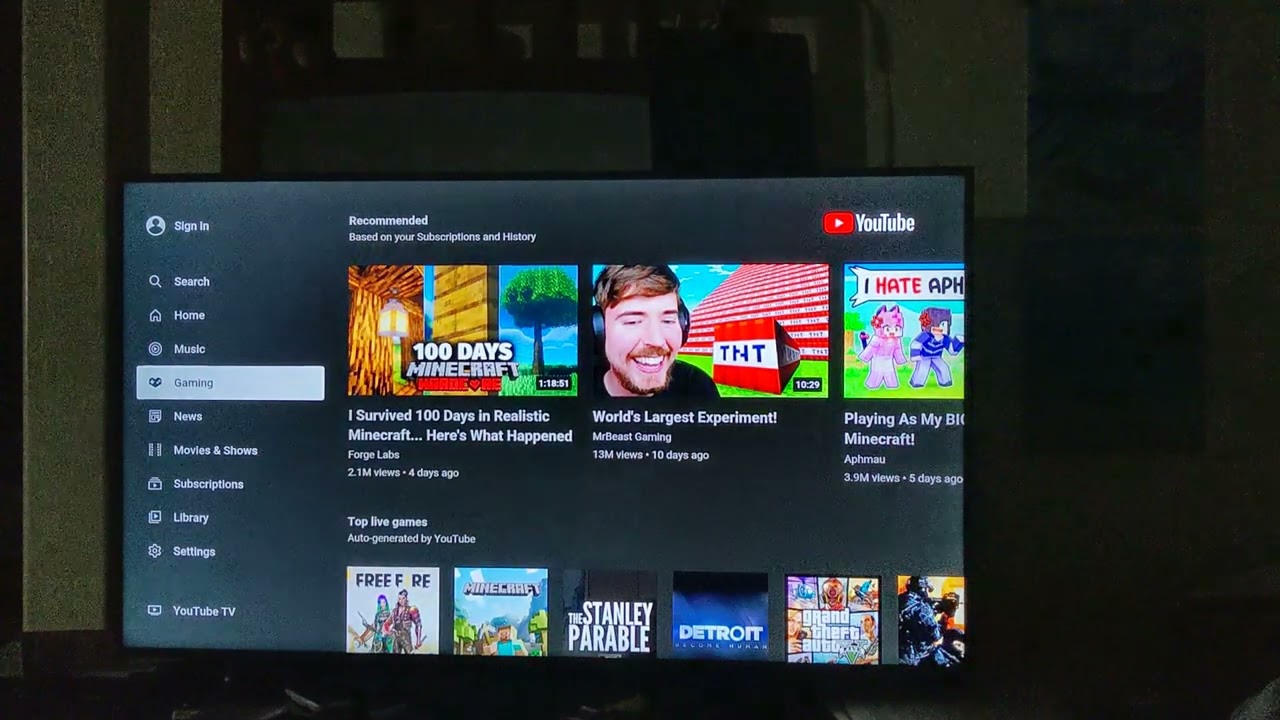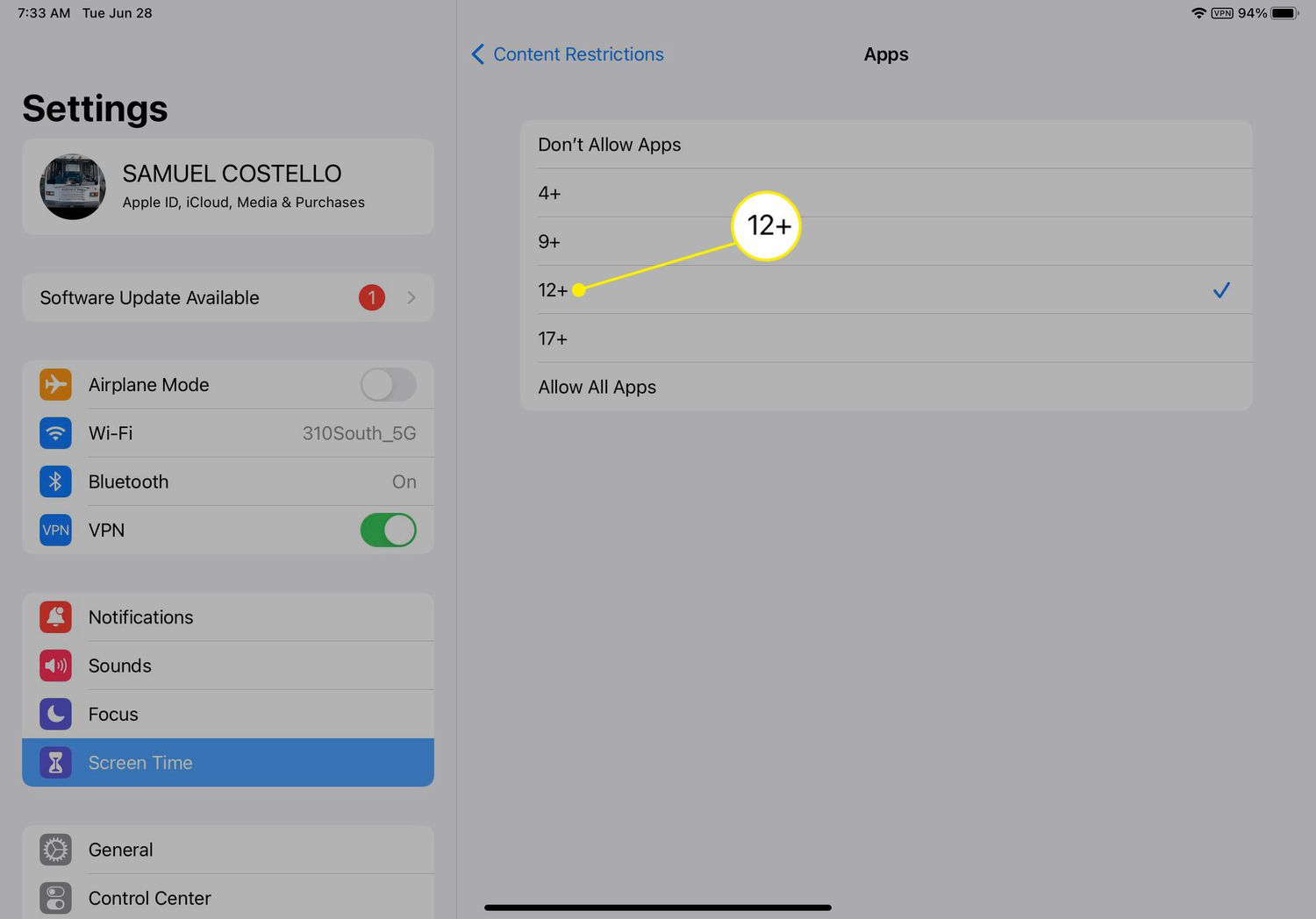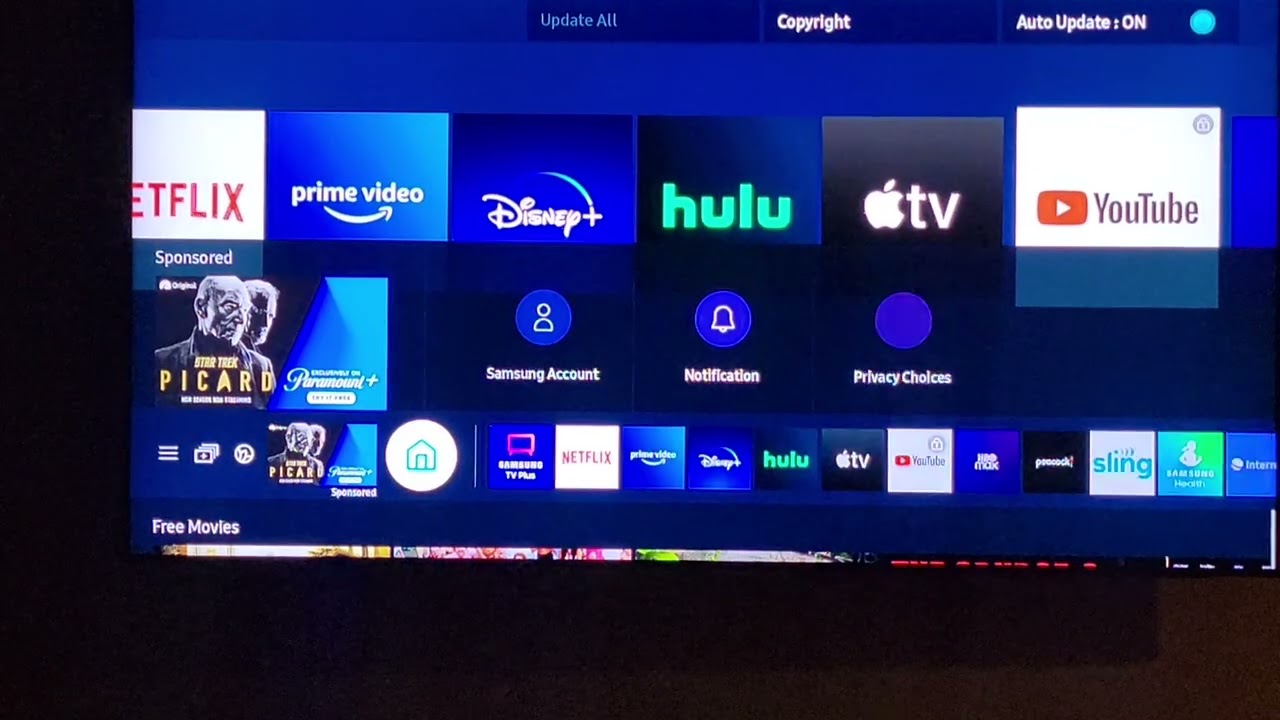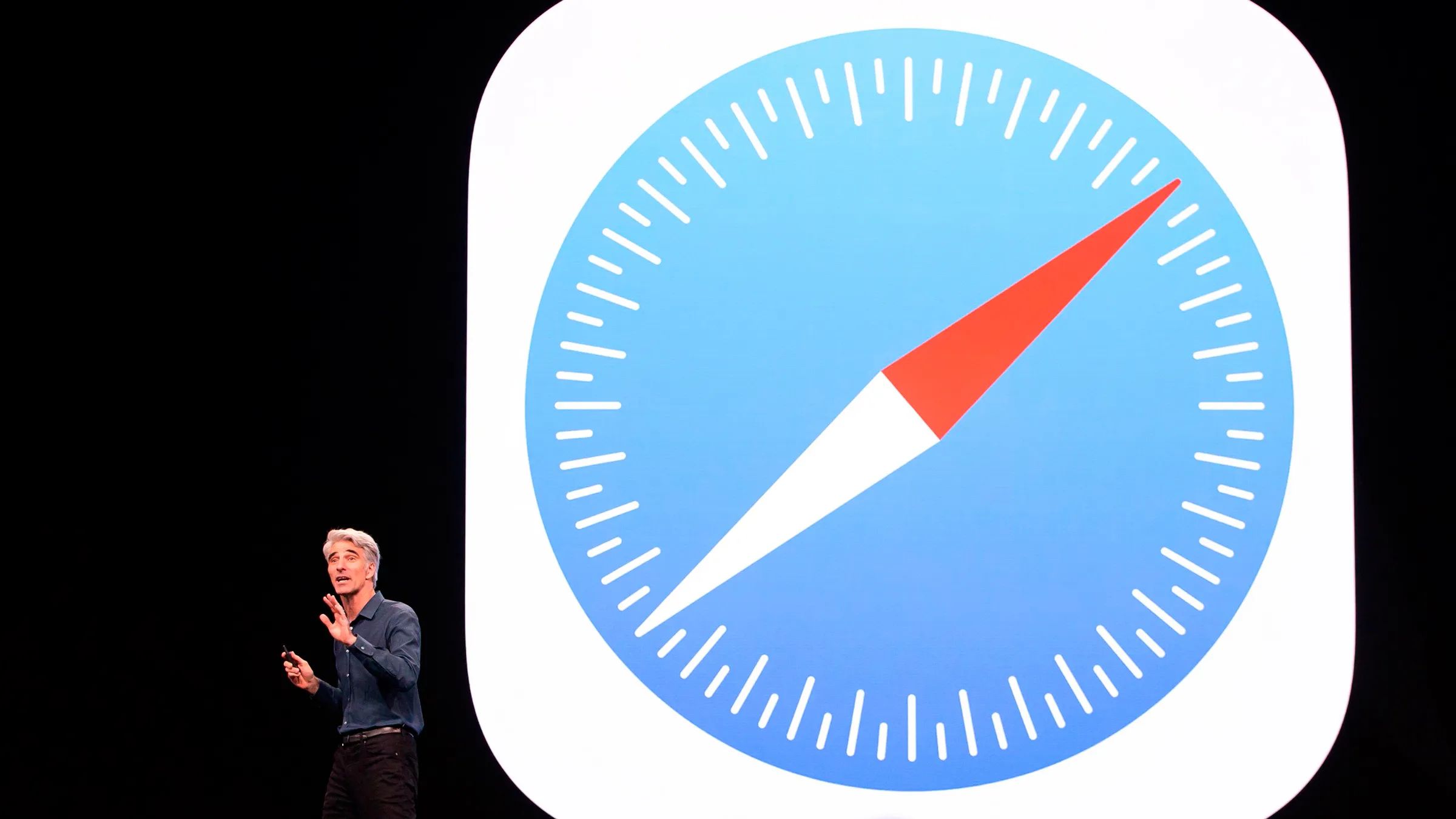YouTube, the popular video streaming platform, has now begun cracking down on the usage of ad-blockers worldwide. In an effort to enforce its terms of service, the platform is now displaying warnings to users found to be utilizing ad-blockers. In certain cases, YouTube is even restricting access to view more videos until ad-blockers are disabled.
Key Takeaway
YouTube is taking a stand against the use of ad-blockers by showing warnings and imposing limitations on users who refuse to comply. This move could potentially boost revenue for the platform by encouraging more users to purchase YouTube Premium subscriptions or view ads.
Testing the Waters
In an initial experiment conducted in June, YouTube started displaying messages to users, informing them that the video player would be blocked after three videos if they continued to use ad-blockers. Recently, YouTube confirmed to The Verge that it has launched a “global effort,” urging users either to purchase a YouTube Premium subscription or allow ads. Numerous users had already reported receiving warnings in various formats about the use of ad-blockers on the r/YouTube subreddit, as observed by Android Authority.


A Double Standard?
Interestingly, while YouTube is cracking down on ad-blockers, several advertisements promoting such ad-blockers are ironically being displayed on the service. Users of the platform have been quick to point out this inconsistency.
Last year, YouTube reported having 80 million paid subscribers across its Music and Premium tiers. However, parent company Google is continuously experimenting with different strategies to increase this number even further. Some of these strategies include testing paid video content in 4K resolution and introducing multiple unskippable ads for a seamless viewing experience.
In May, the platform introduced 30-second unskippable ads specifically for TV viewers and, more recently, began testing longer, but fewer, ads for longer-form content. In July, YouTube also raised the prices of its premium plan for individual subscribers by an additional $2 per month.









